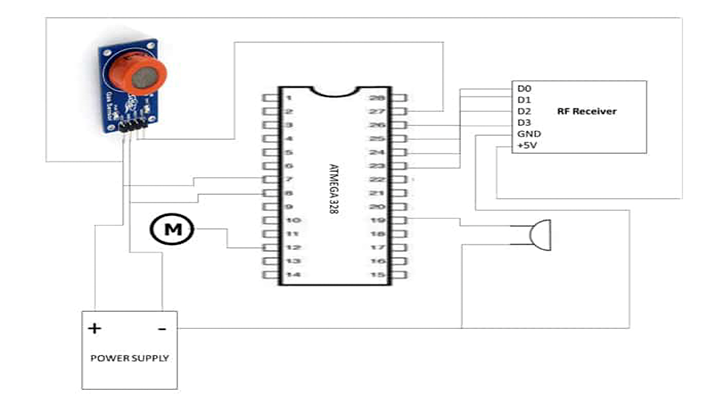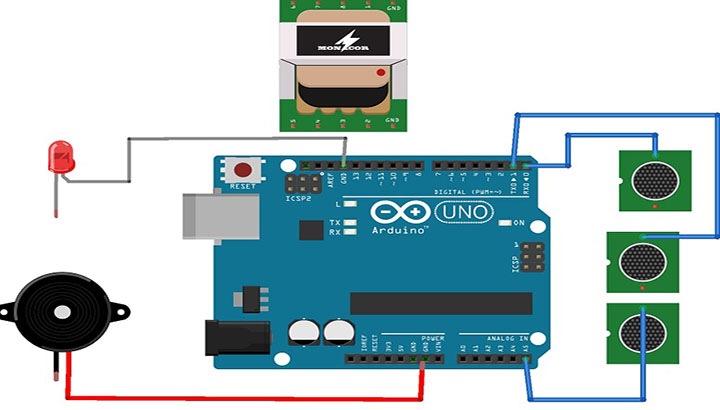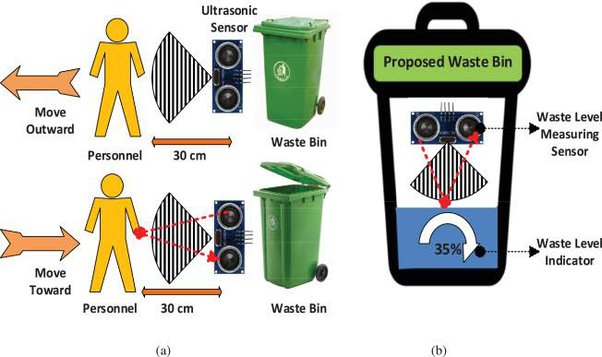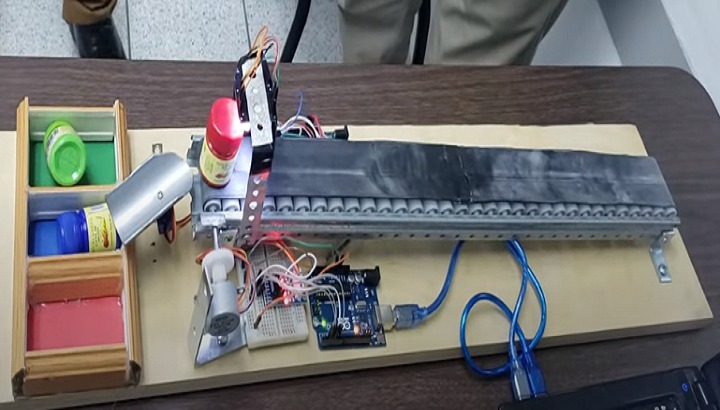Controlling Drunk Driving and Speeding Using RF and Alcohol Detection Sensor Technology

Components Required
1. MQ3 Alcohol Sensor: To determine the driver's blood alcohol content, the MQ3 sensor is employed. This gas sensor picks up on ethanol, which is the main ingredient in alcoholic drinks.
2. RF Module: The RF module wirelessly transmits data between the vehicle and the system's control center. Data can be sent and received at a distance of up to 100 meters with it.
3. Microcontroller: The general operation of the system is managed by the Atmega 328 microcontroller. It uses the information gathered by the MQ3 sensor and the RF module to process the data, regulate the speed of the car, and stop ignition as needed.
Working of the system
The RF module is used to first determine the vehicle's speed in order for the proposed system to function. After comparing this data with the posted speed limit, the system automatically adjusts the vehicle's speed to comply with the restriction if it detects that it is over it.
The MQ3 sensor detects the driver's blood alcohol concentration simultaneously. The device forbids ignition if the level is higher than the permitted limit, and the car cannot be started until the driver's blood alcohol content falls below the permitted limit.
If the driver's blood alcohol level is below the legal limit, the system allows ignition and the vehicle to start. To avoid accidents, the system will notify the driver and automatically adjust the speed if the driver's blood alcohol content is higher than the permitted limit while operating a vehicle.
Conclusion
The proposed system provides a dependable and effective method for reducing traffic accidents caused by speeding and drunk driving. The system uses advanced technology to properly monitor the vehicle's speed and the driver's blood alcohol percentage, and it automatically controls the speed to comply with the posted speed limit and prevent ignition if necessary. We hope that this system will be expanded to a larger area in the future because it has the potential to significantly improve road safety and save countless lives.
Related project idea for free
Smart Noise Control System for Educational and Office Environments
Noise pollution is a significant yet often overlooked environmental issue, impacting millions of people daily. Common health problems resulting from noise pollution include hearing loss, high blood pressure, heart diseases, sleep disturbances, stress, and headaches. The challenge in mitigating no...
Read more>>Smart Dustbin for Clean City IOT Based Project
In the modern era of smart technology, efficient waste management is a significant concern, particularly in urban areas. This project introduces an innovative smart dustbin system designed to enhance hygiene, convenience, and efficiency in waste disposal. The core of the system is an ESP8266 micr...
Read more>>Smart Urban Gardening System
Urban gardening has become increasingly popular as city dwellers seek to grow their own food and green their living spaces. However, managing an urban garden efficiently can be challenging due to space constraints and the need for continuous monitoring and care. The Smart Urban Gardening System a...
Read more>>Smart Truck Bed Cover System with ESP8266 Integration
The Smart Truck Bed Cover System integrates ESP8266 technology with various components to create an automated and responsive solution for truck bed covers. This project utilizes a servo motor, buzzer, LED indicators, tent cover, and rain sensor to enhance usability, protection, and convenience for t...
Read more>>Conveyor Belt Control System with ESP8266 and Servo Motor for Item Sorting
The Conveyor Belt Control System with ESP8266 and Servo Motor is an advanced project designed to automate the control, monitoring, and sorting of items on a conveyor belt. This system uses the ESP8266 Wi-Fi module for wireless communication, enabling remote management and real-time monitoring of con...
Read more>>




